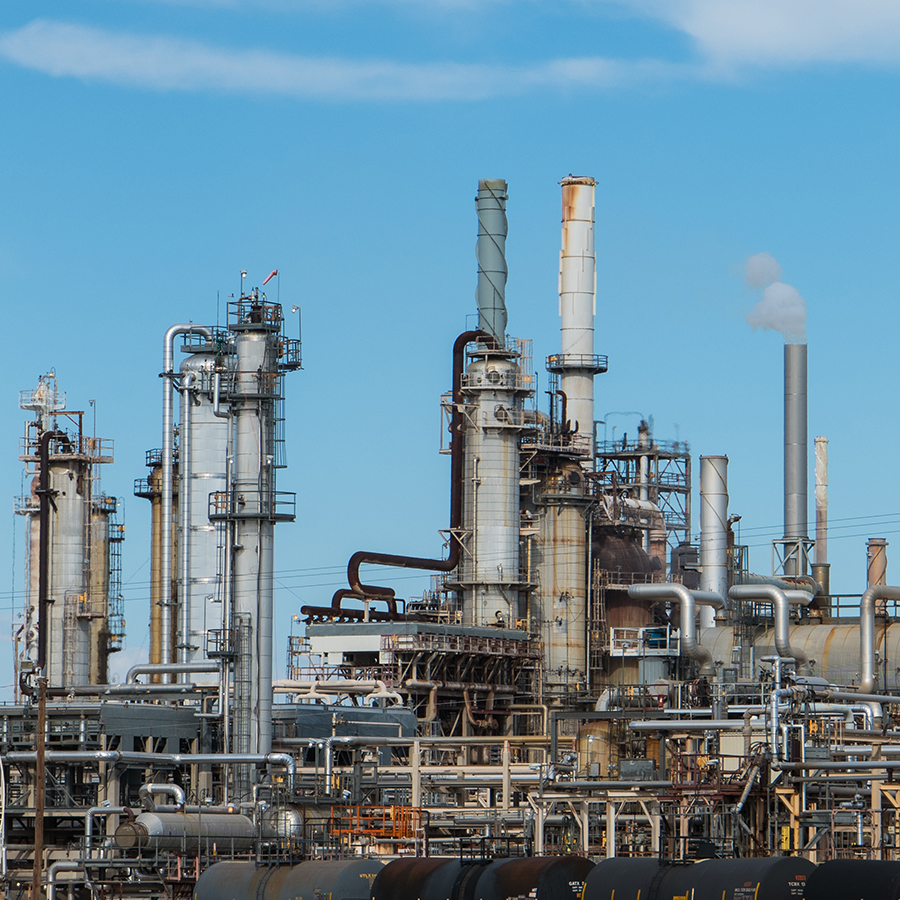According to a new analysis by Environmental Defense Fund / MethaneSAT, satellite data indicate that oil and gas operations in New Mexico’s portion of the Permian Basin have lower methane intensity than those in Texas—but “lower” does not mean “safe.”
📄 MethaneSAT observations reveal lower methane intensity in New Mexico’s Permian Basin Environmental Defense Fund
The EDF report shows that, over aggregated observations between 2024 and 2025—including in the Delaware Sub-Basin—New Mexico’s methane intensity averages around 1.2 percent, while the Texas portion of the Permian sits at about 3.1 percent. Methane intensity measures the proportion of methane emissions relative to the total gas produced and sold, and it’s a commonly used benchmark for comparing emission performance.
These data suggest that regulatory and operational practices in New Mexico may be helping to reduce the rate of leakage and waste. For example, EDF links the lower intensity partly to emissions control standards that New Mexico began implementing around 2021. The report also notes that New Mexico’s lower methane intensity is associated with capturing more gas—to the tune of an estimated $125 million in extra gas retained annually, translating into $27 million in added royalties and public revenue.
Yet the findings themselves caution strongly: even a 1.2 percent leakage rate is “appreciably high.” [Environmental Defense Fund] The Permian Basin as a whole emits an estimated 440 metric tons of oil and gas methane per year, amounting to more than $577 million in wasted gas—making the Permian one of the most wasteful oil and gas regions nationally.
Why “Lower Intensity” Doesn’t Let Us Off the Hook
- Methane’s potency is extreme, even in small doses.
Methane is a short-lived but powerful greenhouse gas. Every leak adds to atmospheric warming. Reducing intensity helps, but does not eliminate the damage caused by continuous emissions. - Leakage is waste and injustice.
Each ton of methane vented is a resource lost—resources that could have been captured, used, or better yet, not extracted at all. Communities living near oil and gas operations are often those who bear the health and environmental burdens of extraction, even as profits flow elsewhere. - Regulation matters—but it’s hardly the endpoint.
The contrast between New Mexico and Texas underscores that policy and enforcement can make a difference. But even the stricter standards in New Mexico still allow for levels of leaking that are inconsistent with a safe climate trajectory. - We need transition, not tinkering.
Improving performance within the oil and gas paradigm may slow harm—but it cannot reverse the climate crisis. The only long-term, just solution is to build energy systems that rely far less on fossil fuels and more on renewables, efficiency, and regenerative design.
What NM-IPL Advocates
- Protect and tighten regulations.
We support robust rules requiring prompt detection and repair of leaks, stricter limits on fugitive emissions, and transparent reporting verified by independent measurements. - Promote rigorous monitoring.
The power of MethaneSAT’s satellite data shows what’s possible when emissions are tracked from above. Similar strategies—like complementary remote sensing, ground sensors, and public disclosure—must become standard, not exceptional. - Champion a just energy transition.
The goal is not merely to reduce intensity but to reduce dependence. We must push for policies that accelerate clean energy deployment, equitable workforce transitions, and community resilience so that oil and gas extraction diminishes over time. - Center justice and equity.
Those living near extraction zones often face pollution, health risks, and economic burdens. Any transition must prioritize communities historically impacted by fossil fuel development.
Even though the EDF / MethaneSAT data point to relative progress in New Mexico versus Texas, they also remind us that “less bad” is still bad. Incremental gains may ease pain—but they will not heal the system. Let us redouble our work to move beyond fossil fuels and toward a future aligned with climate justice, ecological integrity, and human dignity.




